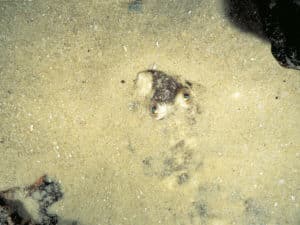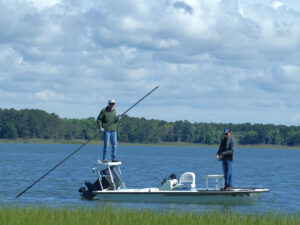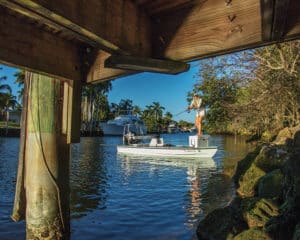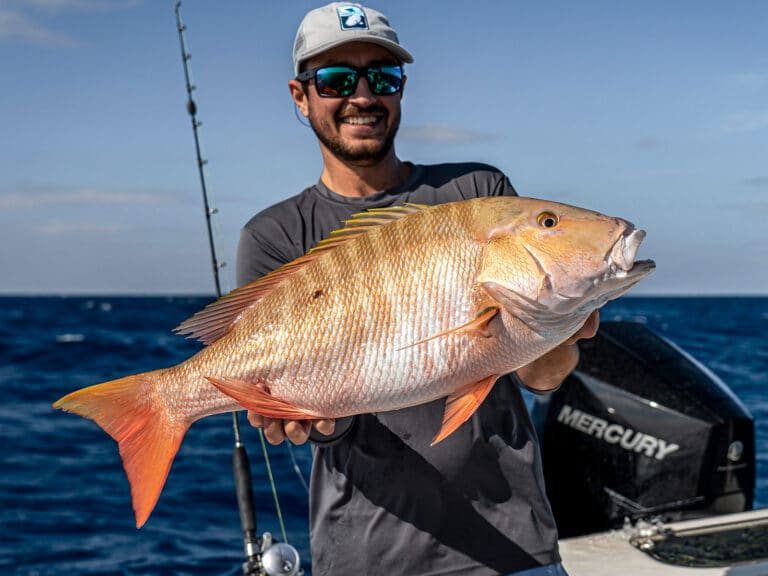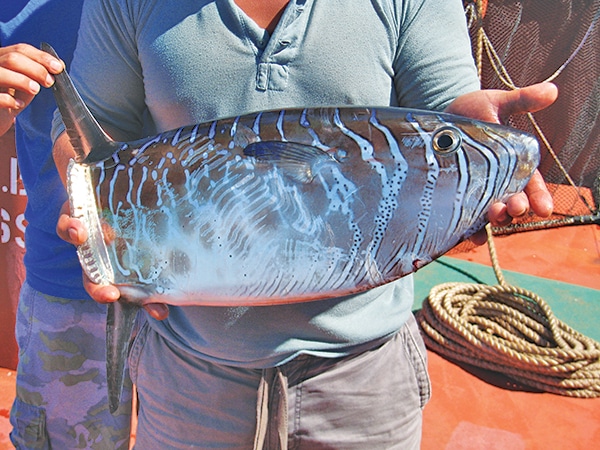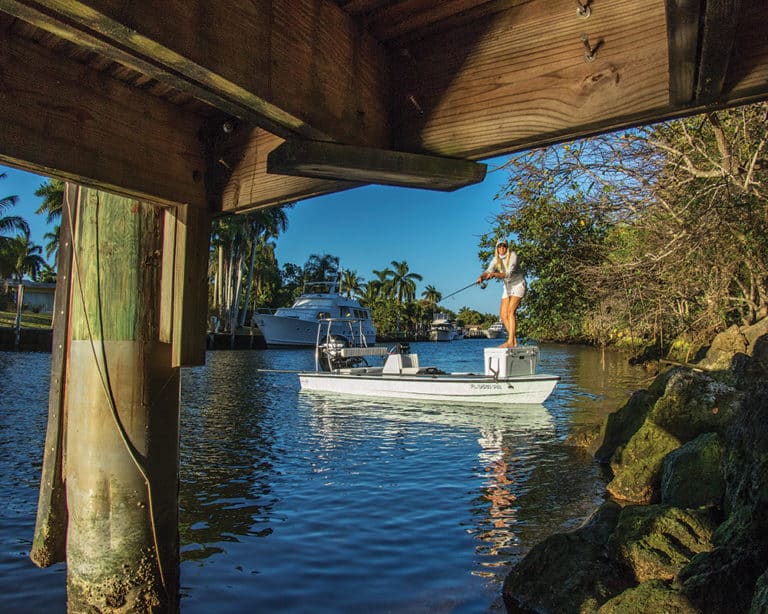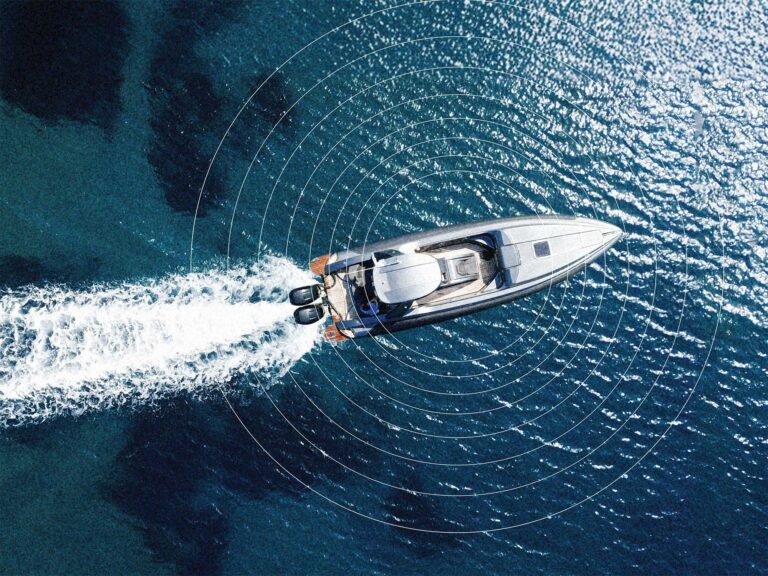You’ve heard Murphy’s Law: Anything that can go wrong, will go wrong. When it comes to fishing lines and nets on boats, I have an amendment: Anything that can snag, will snag. A second amendment applies to crew members: Anyone who can trip, will trip. I call these the Hendricks’ Laws, and they often impose themselves at the most inopportune times, like in the middle of a hot bite. For this very reason, on my boat I am a fiend about eliminating any possible snags or tripping hazards. Not only does this practice improve the odds of catching fish, it helps keep crew members secure and injury-free. Here are 10 tips that I have learned to minimize snags and improve deck safety.
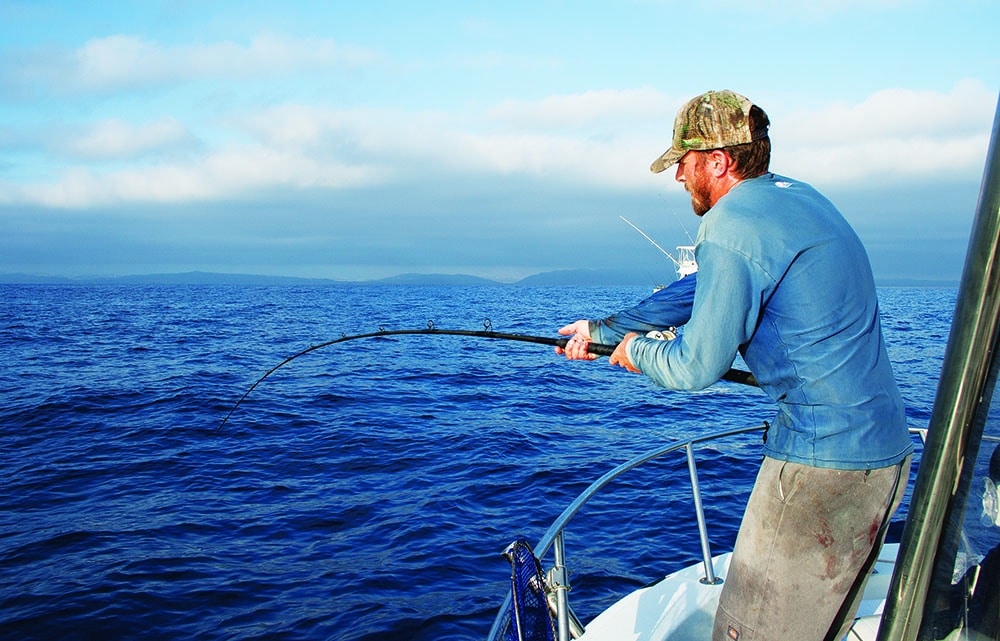
1: Retractable Cleats
If your boat has standard cleats, consider replacing them with pop-up or pull-up cleats from companies such Accon Marine or Attwood Marine Products. In the retracted position, these lie virtually flush with the mounting surface to eliminate any possibility that they might snag a line or trip a crew member. Yet the cleat is quickly accessible when it’s time to belay a dock line or tie off the anchor.
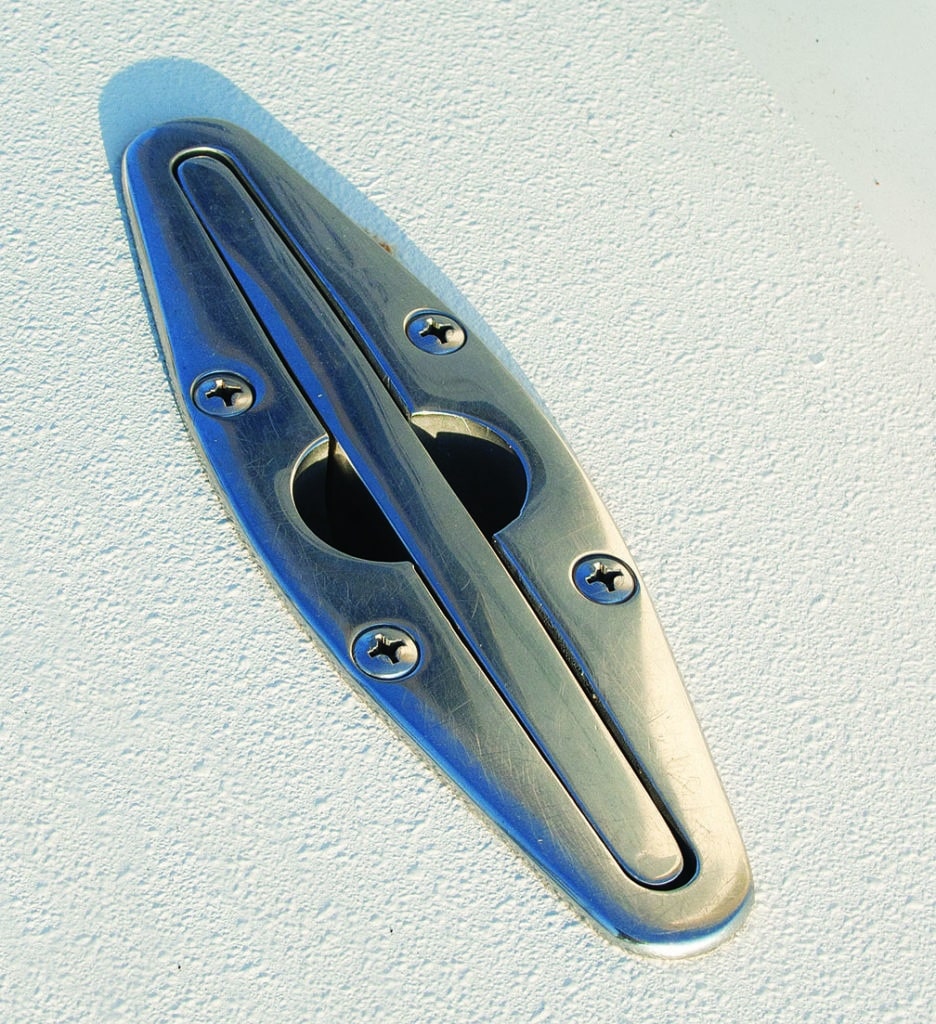
2: Recessed Rails
Rails that are recessed along the gunwale have all but replaced elevated bow rails on new center-consoles for offshore fishing, particularly those models that maintain the same deck level throughout the interior. Some models have no rails at all, but I like the idea of a handhold when going forward for safety. Recessing it minimizes snags and the possibility that it might tangle a line.
3: Hidden Anchor Roller
A growing number of new boats have the anchor roller recessed into the bow stem below the forepeak, eliminating bow pulpits and rollers, as well as the ground tackle topside. Models from brands such as Grady-White also conceal the windlass under a hatch in the bow deck. This results in a wide-open, snag-free forward expanse that’s perfect for cast-netting or even fly-casting.
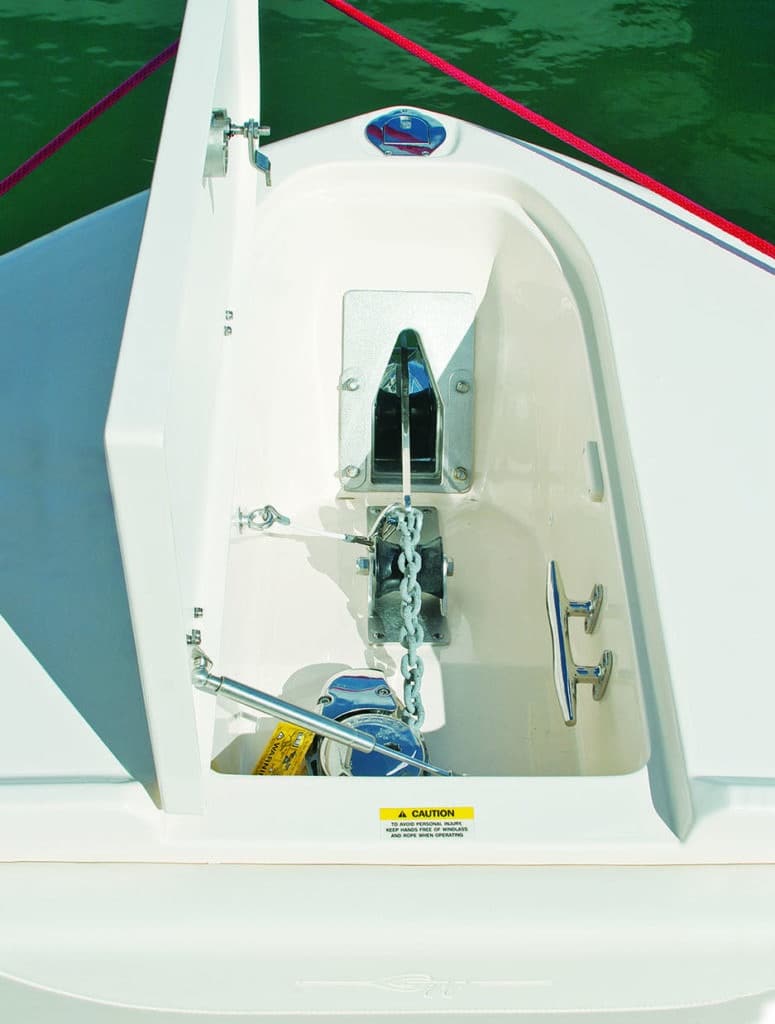
4: Flush Hinges
Old-school hinges had pivot-pin assemblies that protruded about a quarter-inch above deck level, and could trip and inflict painful gouges to bare feet. Thoughtful marine-hardware suppliers such as Accon Marine and Freeman Marine have now streamlined hinges so they lie virtually flush with the deck. Think about retrofitting your boat with these if you have old-style hinges.
5: Stow the Gear
Nothing annoys me more than gear left strewn about on the deck, be it buckets, tackle boxes or beanbag chairs. These tripping hazards can lead to a nasty fall, particularly if everyone’s focused on fishing rather than what’s underfoot. Stow as much gear as possible in lockers, cabins or consoles to keep the decks and pathways clear and safe.
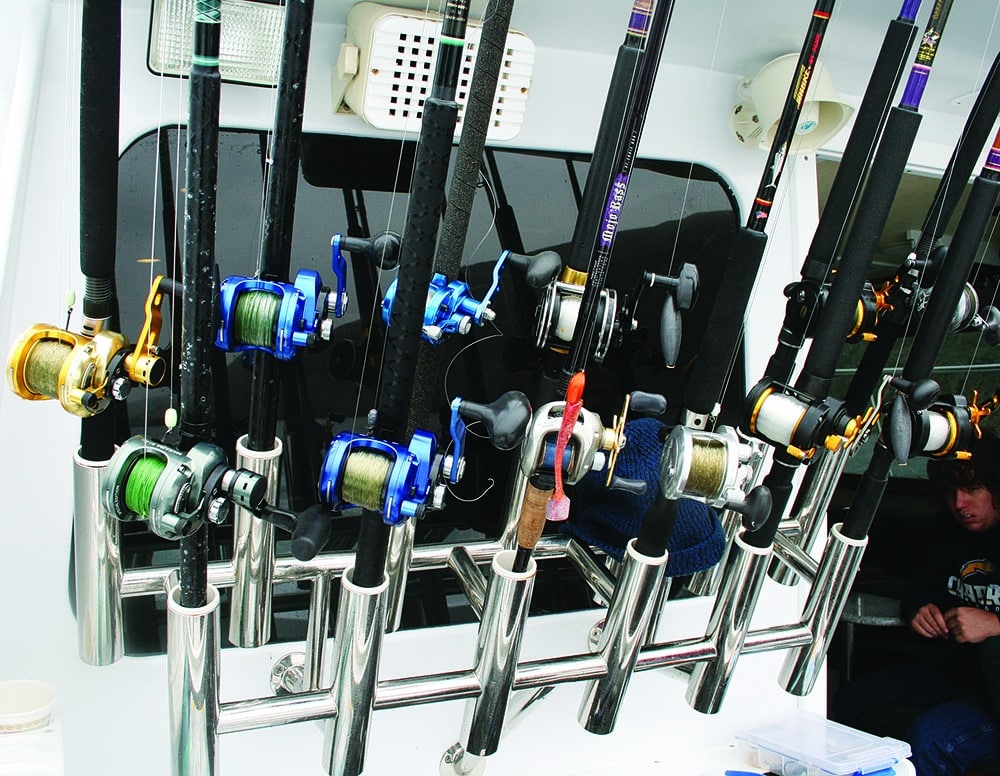
6: Secure Large Items
Sometimes it’s impractical or unsafe to stow large items such as an extra cooler, fuel jugs or a portable generator. Find a place to tuck these away from the main pathways, such as against the aft bulkhead of a seat console or cabin, and secure the items with lines or straps so they won’t slide around in rough water and strike someone.
7: Clean Up Discarded Line
The seemingly harmless strands of discarded monofilament or fluorocarbon fishing line represent a deck hazard, particularly the larger-diameter lines and leader material. Being round, a line clipping can act like a mini roller bearing on a wet deck if your foot meets it at the correct angle, sending you butt over elbows. So make sure you properly dispose of line clippings in an onboard trash receptacle. Never toss line overboard, as this is about the most eco-unfriendly thing you can do. It can also wrap around a prop shaft and cut into shaft seals.
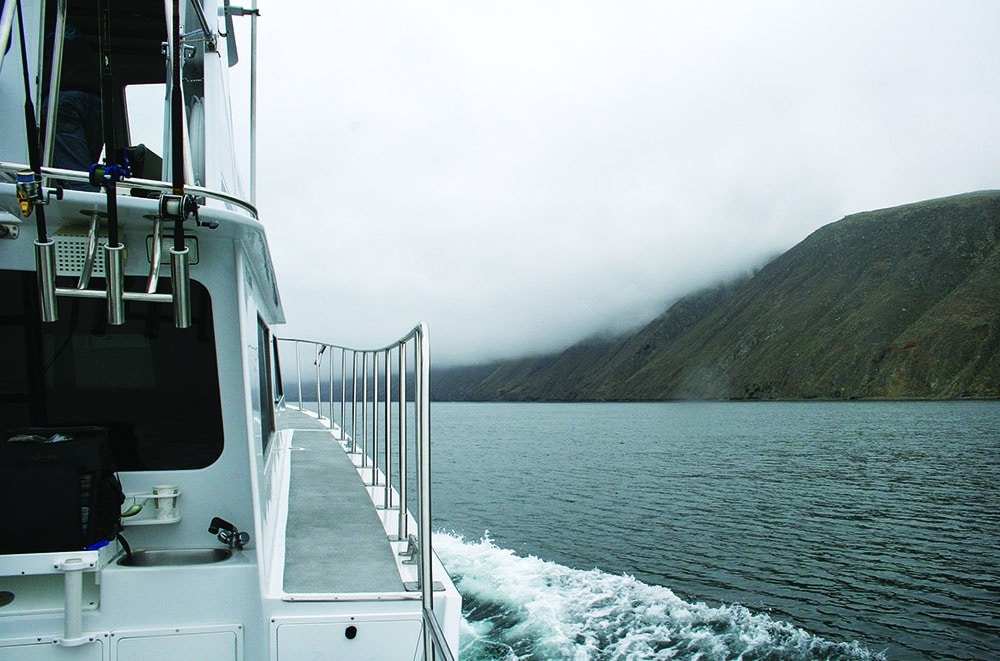
8: Wash Down the Blood
Failing to rinse away fish blood and slime is tantamount to leaving the deck awash with motor oil. It’s just as slippery. So even in the middle of a bite, take the time to wash blood, slime and fish gruel off the deck to keep the nonskid sole as effective and safe as possible for your crew.
9: Rack the Rod
Leaving an idle fishing rod leaning at an angle against the gunwale to grab a fresh bait or dig for tackle ranks as one of my major gripes. The rod butt becomes a deck hazard for other anglers. I know because I have tripped on them. So if you need to reel in and step away, take your rod with you or rack it in a rod holder until you’re ready to fish again.
10: Avoid Bare Feet
OK, this isn’t about clearing the deck, but it is about avoiding deck injuries. I don’t believe in fishing bare-footed, even though I have a number of friends who do so. In fact, having broken one of my toes while fishing in flip-flops, I think anything other than being fully shod in deck shoes or fishing boots is a bad idea. Sharp hooks, fish spines, gaffs and innumerable toe-stubbers lie in wait, no matter how fastidiously you clear the deck. So leave the bare tootsies and sandals on the beach, and you’ll avoid the agony of da’ feet.

